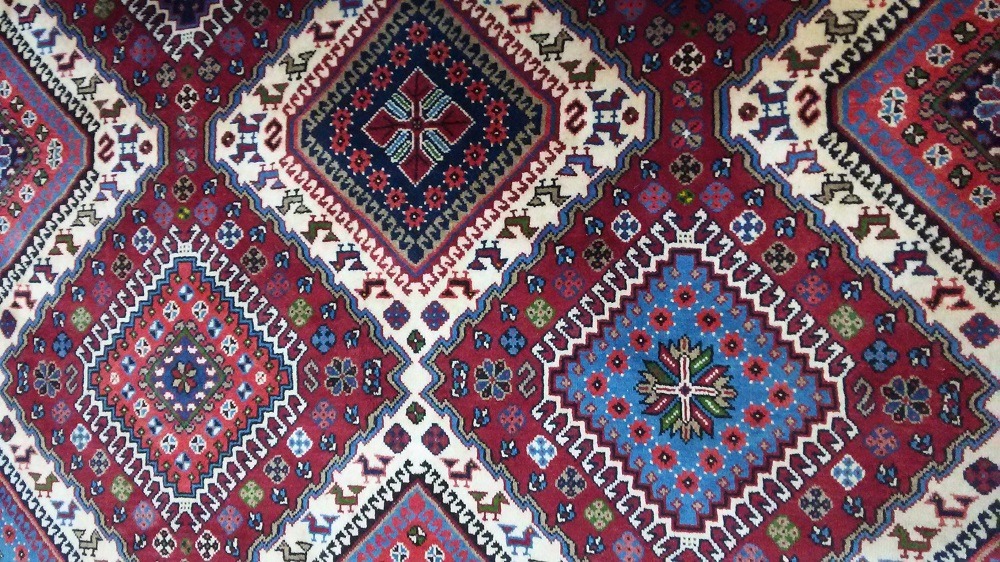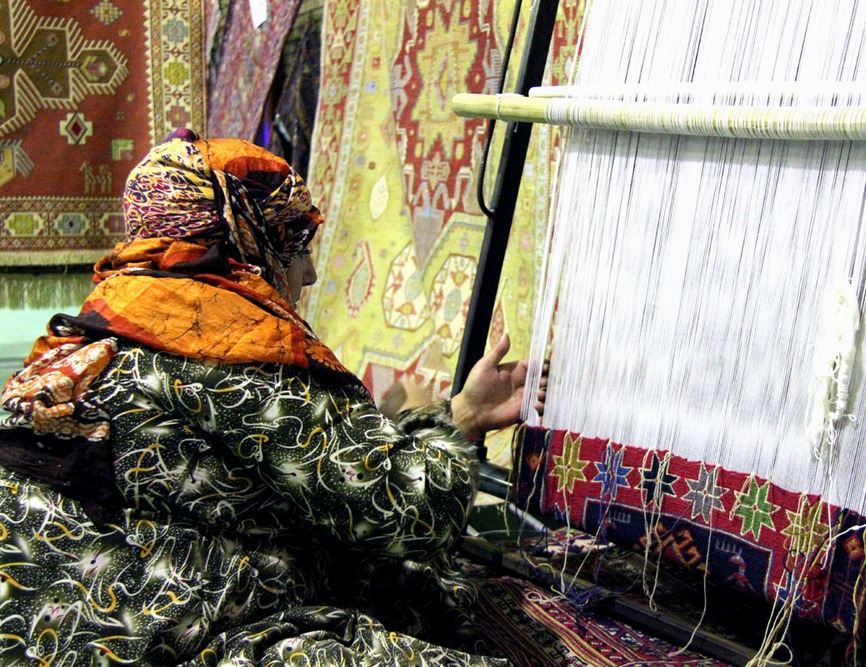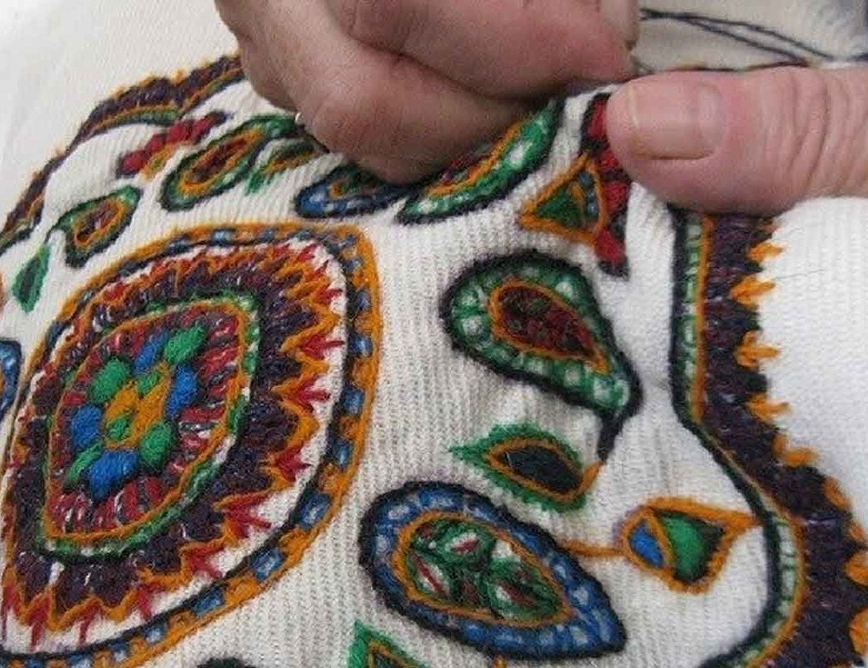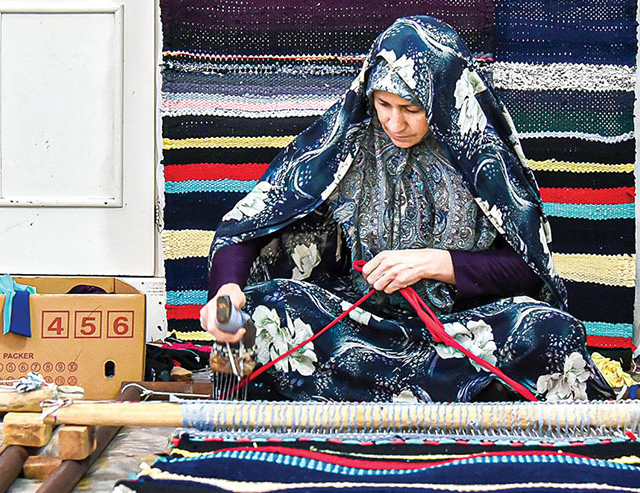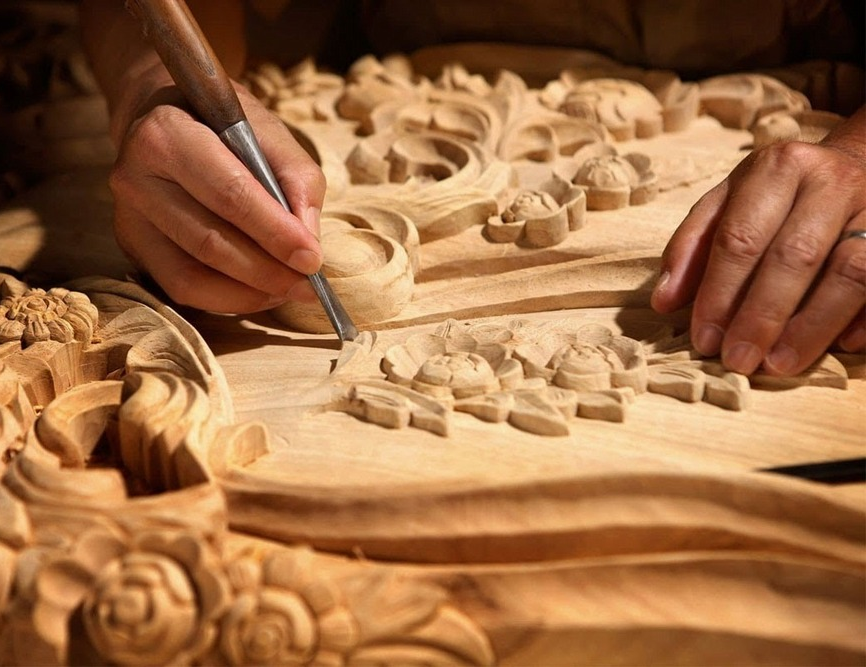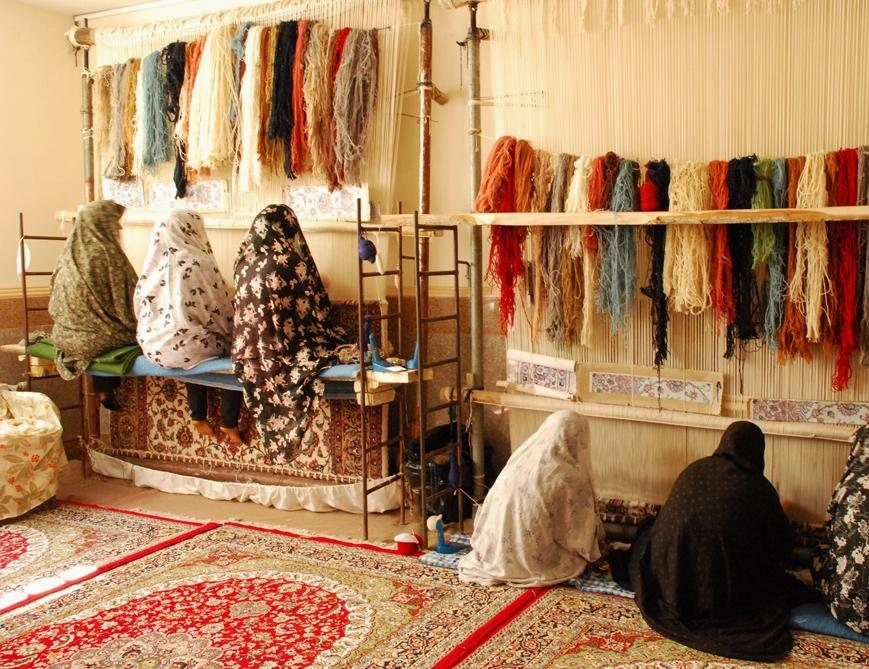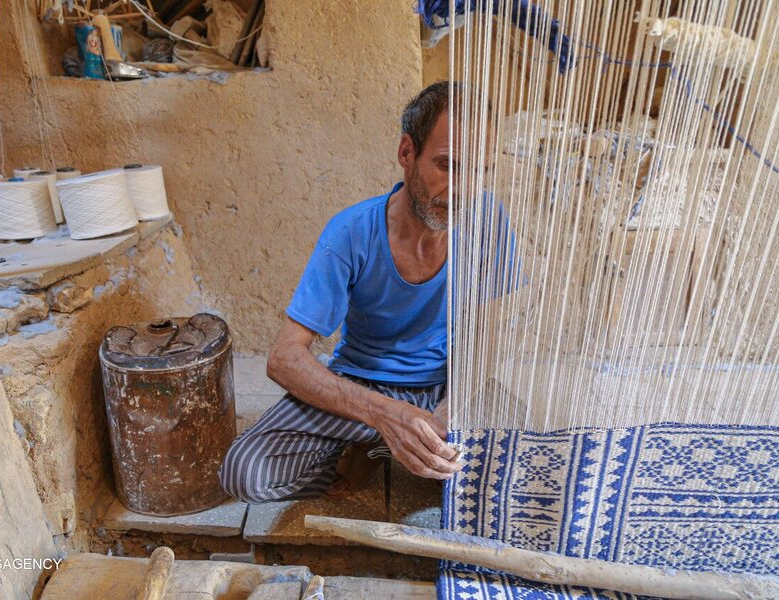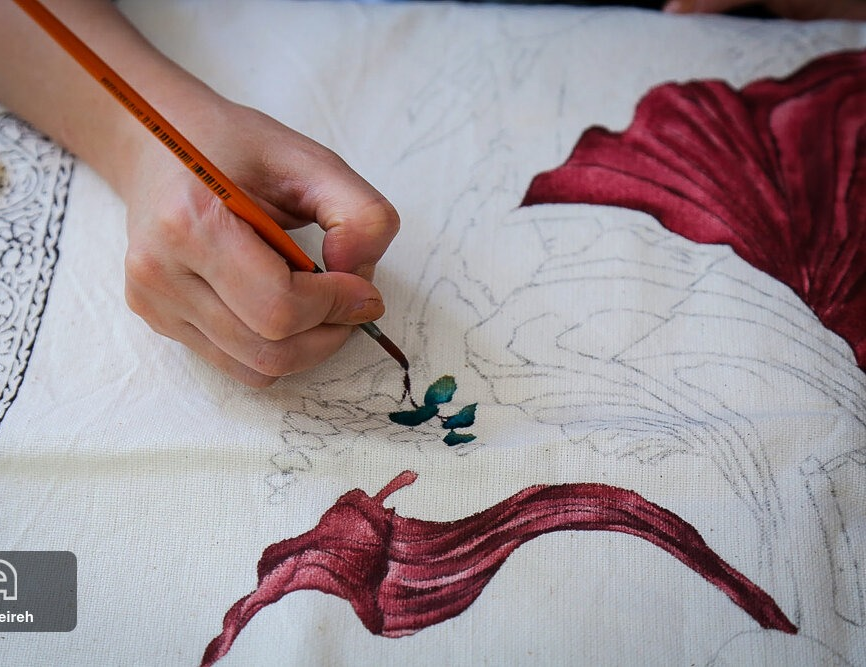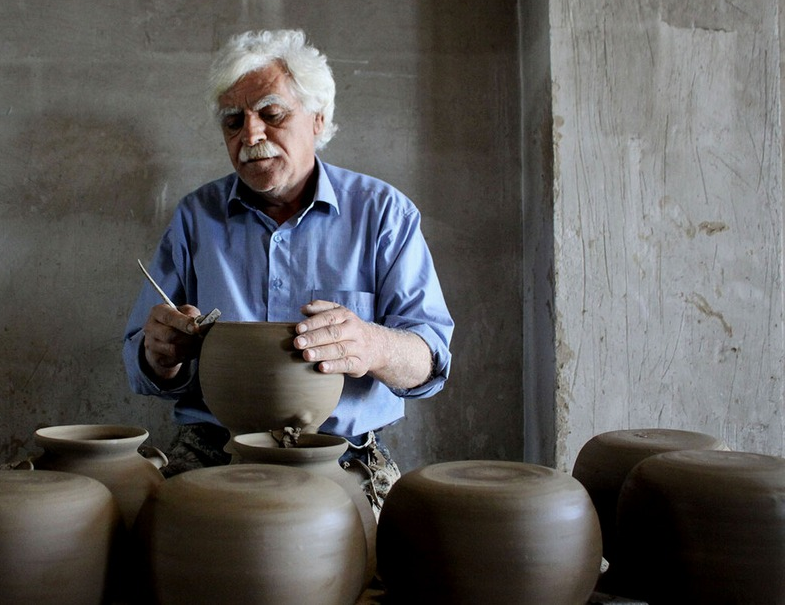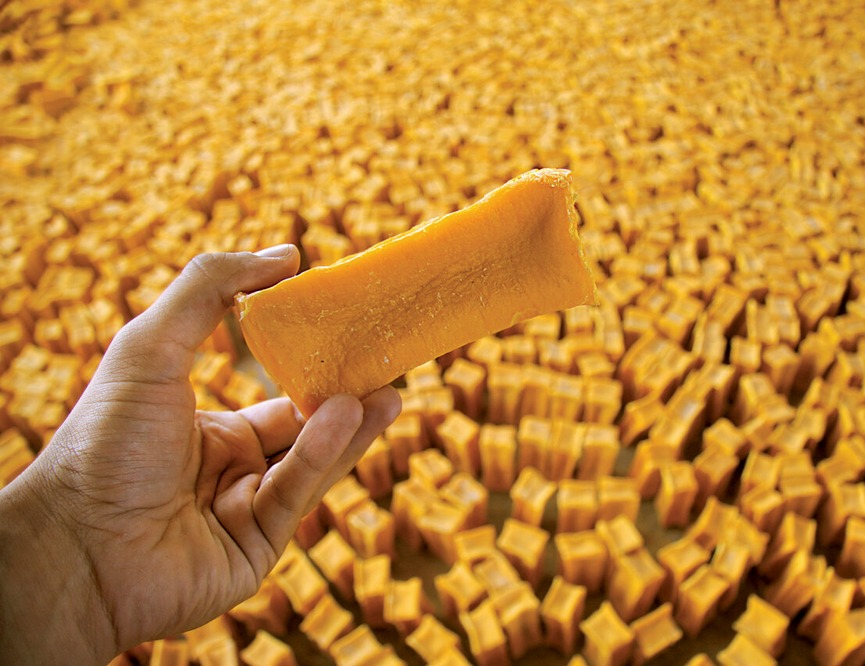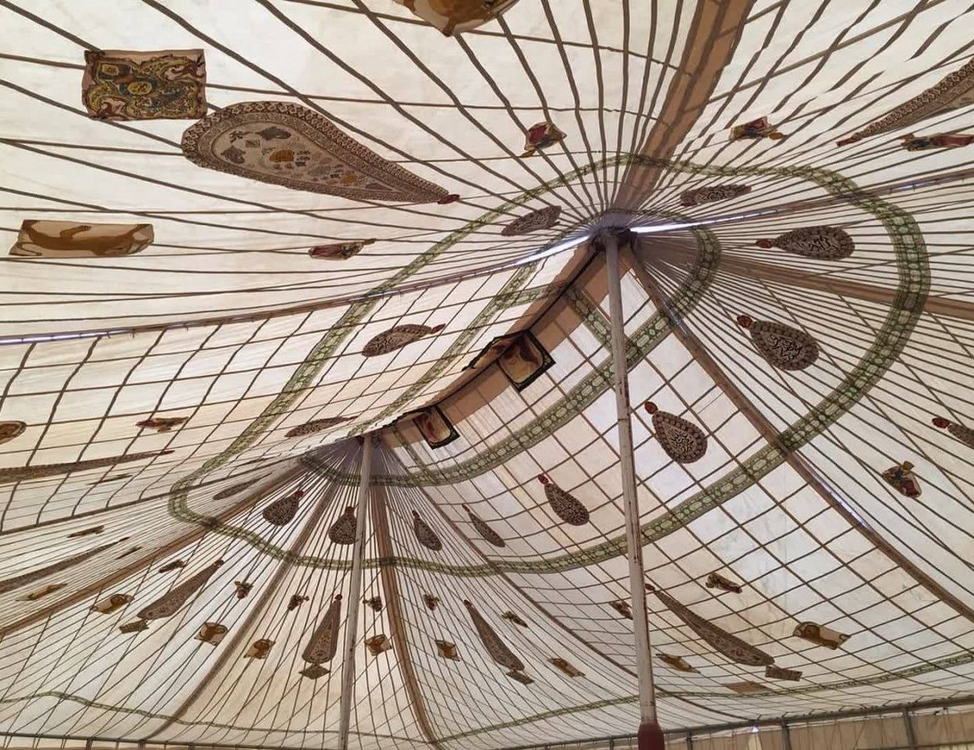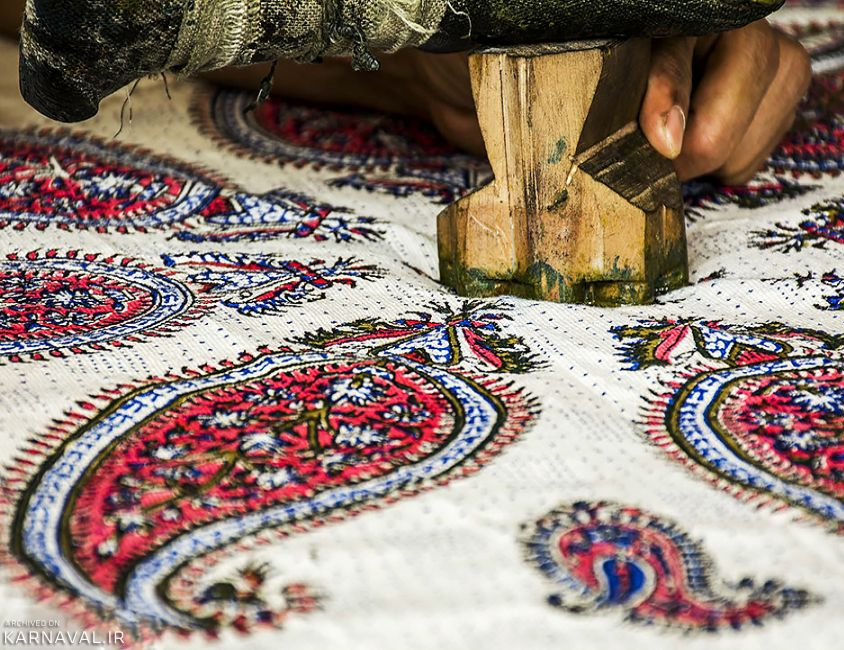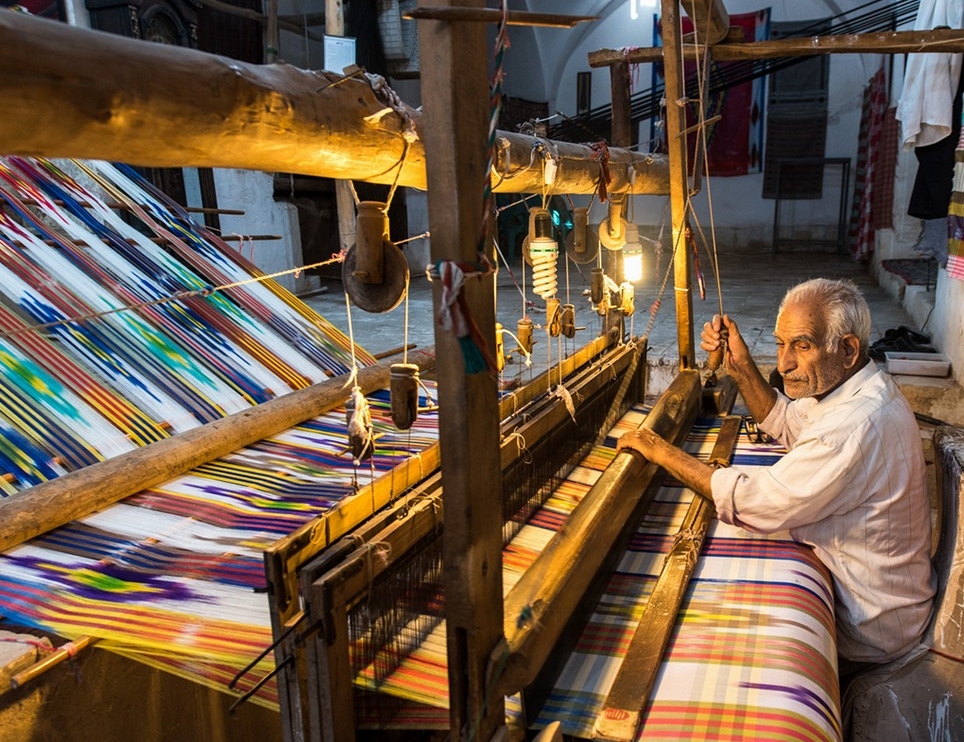
Turkmen Needlework
Being an ancient land with cultural and ethnic diversity, Iran has been home to the origin of many techniques and arts that have been formed and developed in alignment with the geography and culture of each ethnicity. Some of these arts have gained worldwide fame and have even been inscribed on the list of world heritage. Turkmen needlework, sometimes called “black embroidery” or “Turkmen embroidery”, is one of these arts.
Historical Background and Importance of Turkmen Needlework
Experts believe that what is known today as Turkmen needlework originated during the reign of Scythians. The Scythians were Iranian nomads who were scattered in different lands like Central Asia, China, the Aral Lake, and Iran. These people were present in these lands from the 8th century BC until the beginning of the Christian era.
The art of needlework is so important for Turkmen that it is also included in their oral literature. Iranian provinces of North Khorasan and Golestan, especially the cities of Gonbad-e Kavus, Bandar Turkmen, Aqqala, Kalaleh, Gomishtappeh, Maraveh Teppeh, and their surrounding villages are the most important areas where Turkmen needlework is done.
Features and Designs of Turkmen Needlework
Turkmen needlework is performed by layering and sewing fine natural or artificial silk threads on Turkmen’s clothes. In this art, sewing is based on perceptual patterns. Today, Turkmen needlework is mainly seen on the clothes of Turkmen women, but in the past, it had many more uses and was widely used on the clothes of Turkmen men and children, the lining of the bags, especially the bags that were used to carry dowry, headbands, wristbands, cosmetic bags, sheets, pillows, bedspreads, wall hangings, and even curtains. With increasing interest in this art, Turkmen needlework has come to find a place in the interior decoration of houses.
Turkmen needlework is done by making tight and fine stitches called “sanjim”. The needlework artist implements the geometric patterns and similes created by his mind on the fabric. Although the general technique of making needlework is the same among each of the Turkmen clans, there are differences in their details and designs. These designs, usually include images of animals, war tools, and images inspired by the surrounding nature. In addition to the worldview of the Turkmen people, these beautiful and simple designs reflect their bravery, hard work, and other moral qualities.
Turkmen needlework is usually done on silk or wool fabrics. The main material used in this art is silk or cotton threads, but nowadays acrylic threads are also used by the concerned artists. The use of silk in needlework has been popular since the distant past and although it used to be dyed using natural methods, but, nowadays, synthetic materials are also used for dyeing it.
The red color is of special importance to Turkmen and is regarded as the symbol of bravery and the blood shed for achieving victory and honor. Therefore, traditionally, the background fabric is red in color; although crimson, yellow, white, indigo, blue, orange, and green colors, which are used for sewing Turkmen clothes, are also used as the background fabric for needlework.
Turkmen clothes are very simple in terms of their cut and style but detailed decorations, mainly in the form of needlework, are performed on them by Turkmen women and in such a way that the background color may disappear in some parts of the clothes. These decorations are placed on the edge of the dress, the collar, the edge of the sleeve, or the middle of the dress. Bright and different colors that may create harmony or contrast with the background of the work increase the beauty of Turkmen needlework outstandingly.
The art of Turkmen needlework was inscribed as the 20th element of Iran’s intangible cultural heritage - jointly with the country of Turkmenistan - at the 17th meeting of the UNESCO International Cultural Heritage Committee held in Rabat, Morocco in 2022. This art had earlier been inscribed on the list of Iran’s intangible national heritage in the name of Golestan Province in the year 2012 AD.
Turkmen clothes are very simple in terms of their cut and style but detailed decorations, mainly in the form of needlework, are performed on them by Turkmen women and in such a way that the background color may disappear in some parts of the clothes.
| Name | Turkmen Needlework |
| Country | Iran |
| Cities | |
| Works | Knitting, sewing and textile |
| Registration | Unesco |
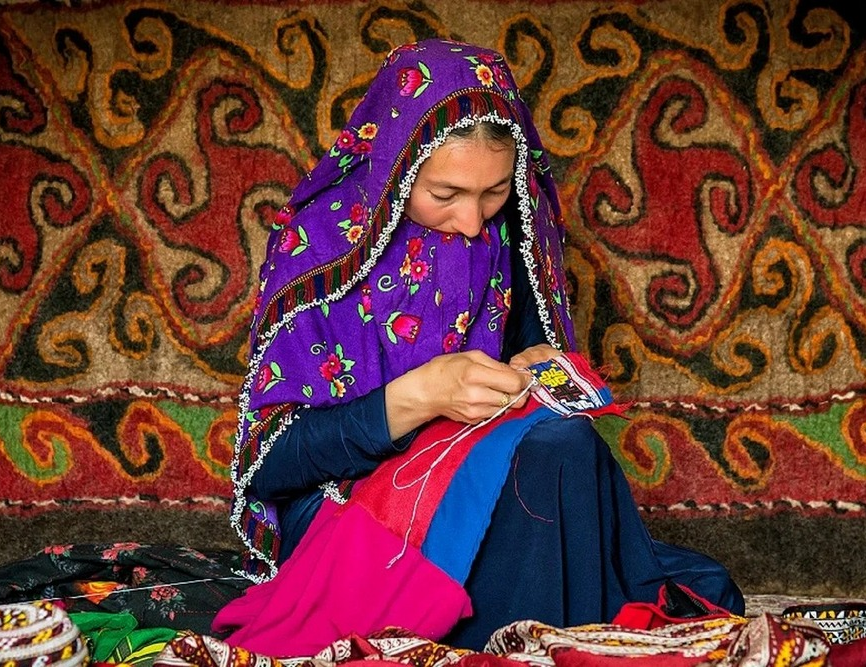
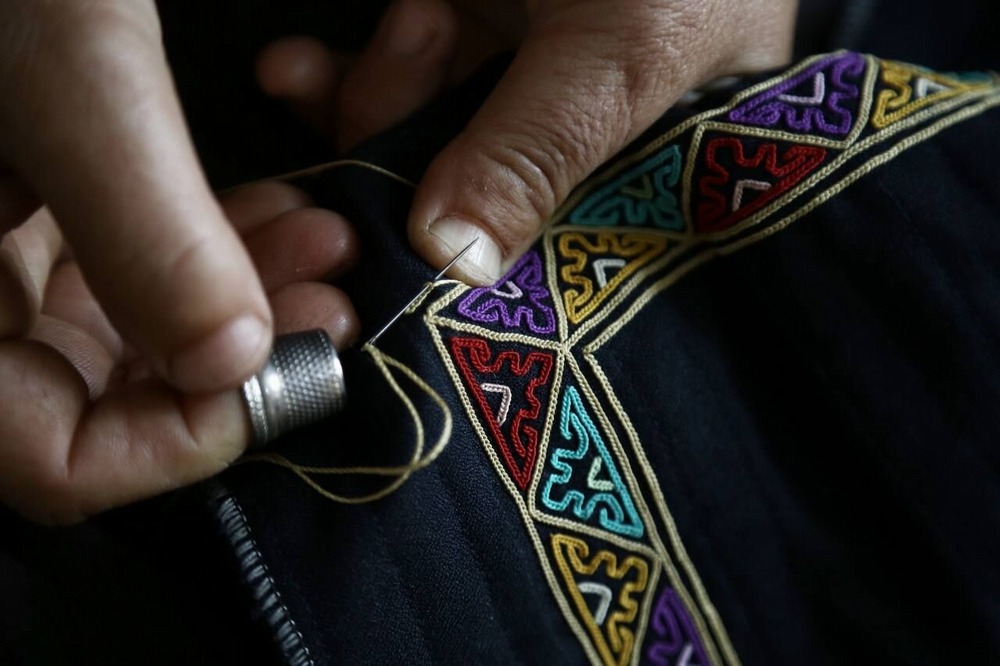
_1.jpg)


_1.jpg)
Choose blindless
Red blindless Green blindless Blue blindless Red hard to see Green hard to see Blue hard to see Monochrome Special MonochromeFont size change:
Change word spacing:
Change line height:
Change mouse type:
